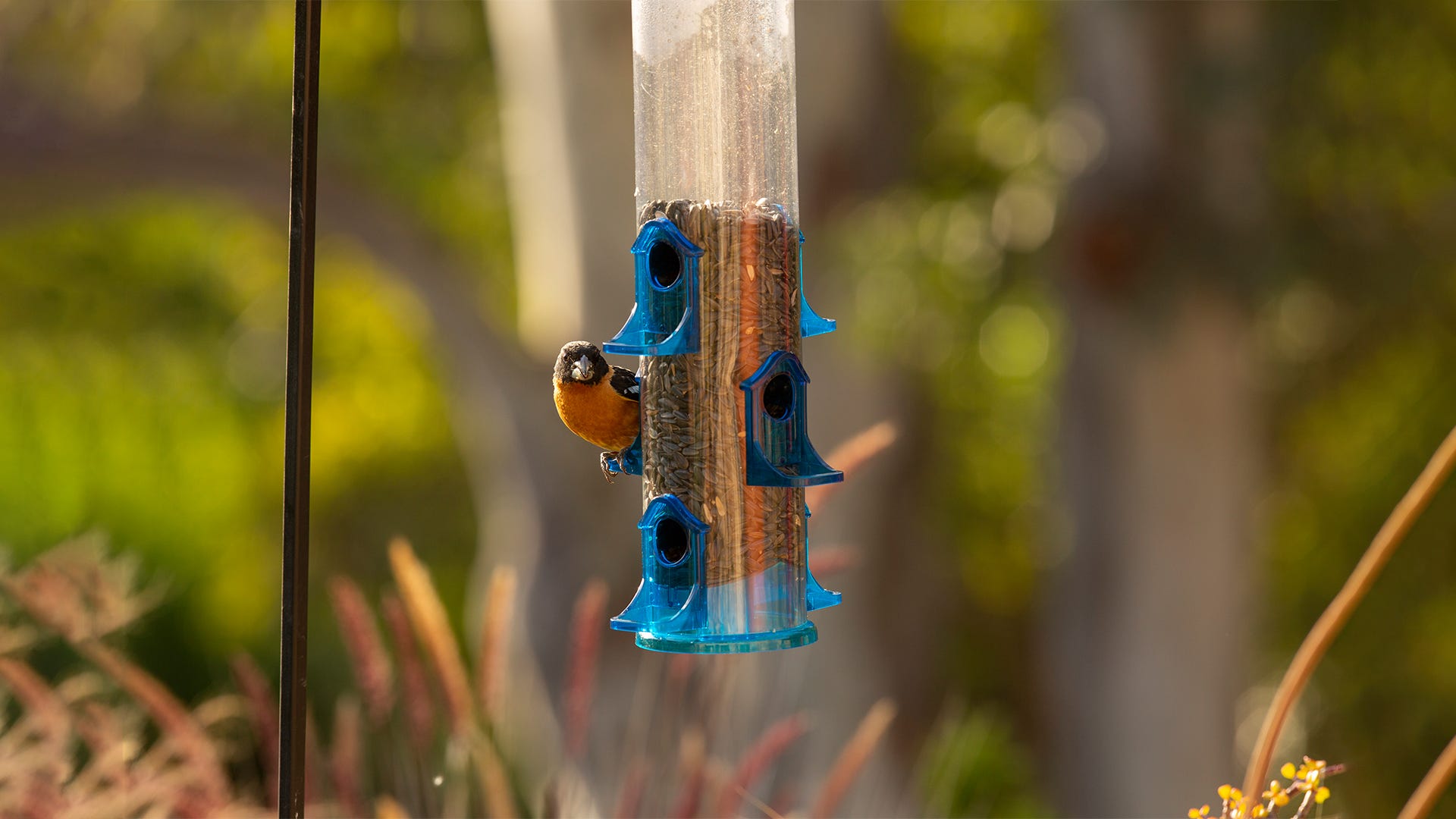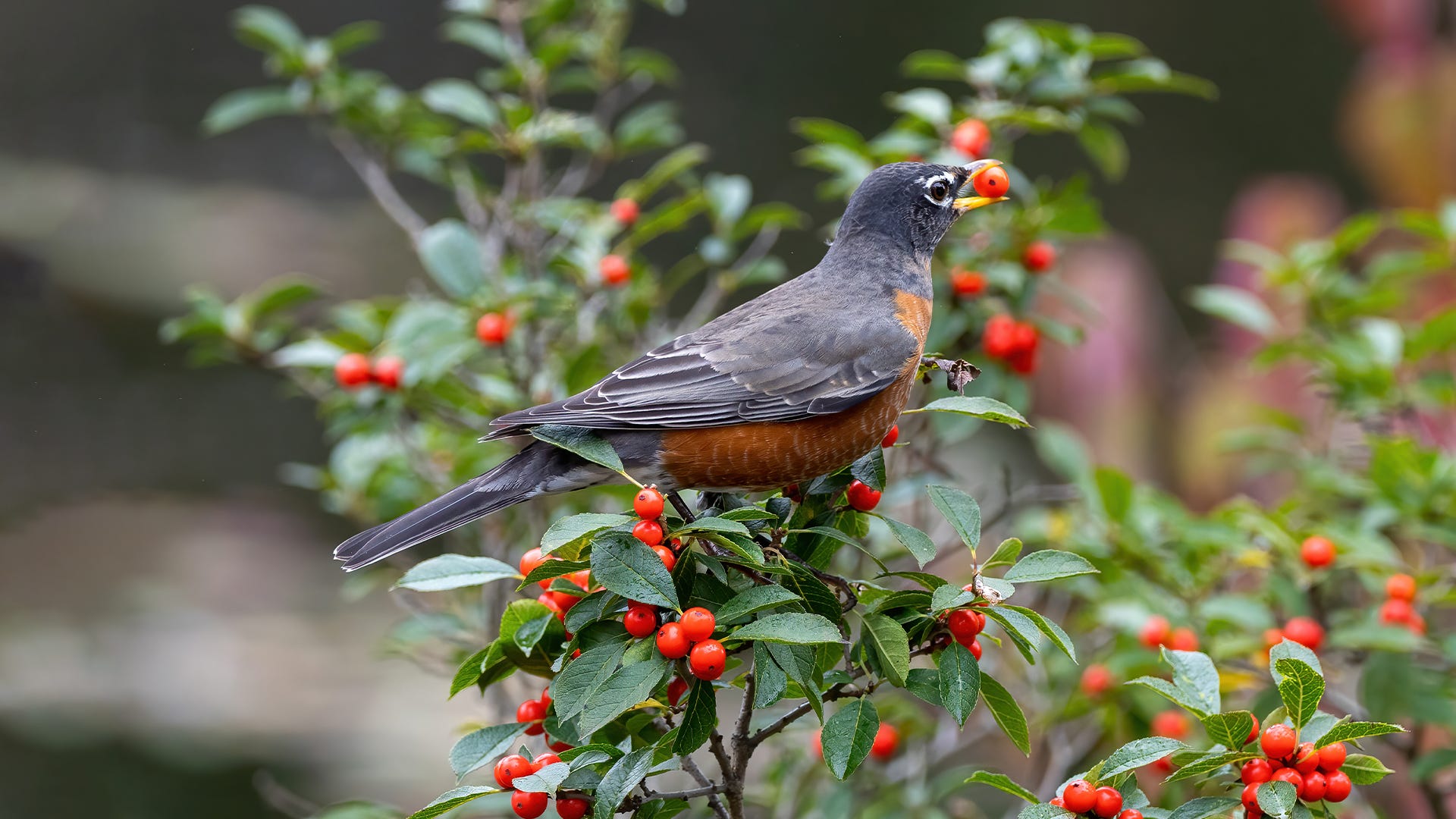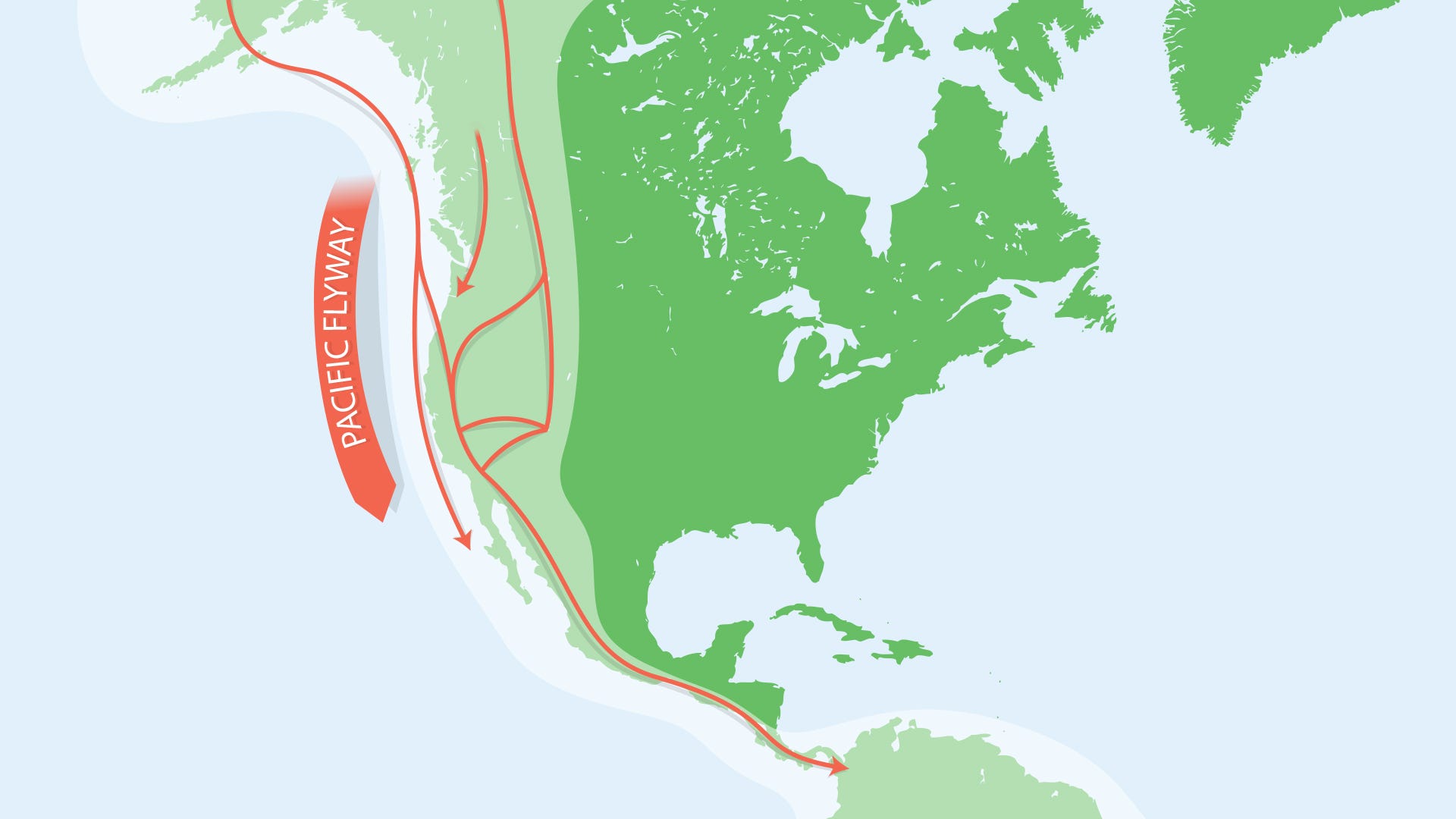
The West Coast has a certain allure to it — the sunsets over the Pacific and the fame of California — are just a few of the features that we humans love. For many birds, hummingbirds in particular, it’s a vital region that stretches from the southern points of Mexico to the entirety of Alaska. Those hummers, and many other bird species, use this strip of land as their primary migration route, which is called the Pacific Flyway.
Bird Migration: Pacific Flyway
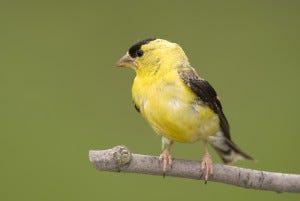 The states generally covered by the Pacific flyway include Alaska, Arizona, California, Colorado, Idaho, New Mexico, Nevada, Montana, Oregon, Utah, Washington and Wyoming.
The states generally covered by the Pacific flyway include Alaska, Arizona, California, Colorado, Idaho, New Mexico, Nevada, Montana, Oregon, Utah, Washington and Wyoming.
A portion of Canada is also included in the flyway. The provinces and territories these birds head toward include Alberta, British Columbia, Northwest Territories, Nunavut and Yukon Territory.
Some birds will fly even farther — into Eastern Russia — for the summer.
The other flyways of North America include the Central, the Atlantic and the Mississippi. Flyway maps on other sites can be slightly different than the one you see above — showing fewer states for each flyway. We opted to be more inclusive in which areas to include in the Pacific Flyway.
List of Migratory Birds
The Audubon Society says hundreds of bird species use the Pacific Flyway, which actually stretches all the way down the Pacific Coast of South America.
Many species don’t travel the entire flyway while migrating. Instead, most travel the leg of the journey that brings them into warmer temperatures that are closer to the equator. Among those species using the Pacific Flyway, there are plenty of feeder birds, including:
- American Crow
- American Goldfinch
- American Robin
- American Tree Sparrow
-
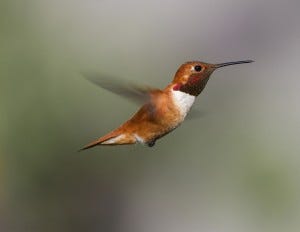 Anna’s Hummingbird
Anna’s Hummingbird - Band-tailed Pigeon
- Black-chinned Hummingbird
- Bohemian Waxwing
- Brewer’s Blackbird
- Brown-headed Cowbird
- Cassin’s Finch
- Cedar Waxwing
- Chipping Sparrow
- Common Redpoll
- Dark-eyed Junco
- Evening Grosbeak
- Fox Sparrow
- Golden-crowned sparrow
- Hermit Thrush
- Hoary Redpoll
- Lesser Goldfinch
- Northern Flicker
- Pine Siskin
- Purple Finch
- Red-breasted Nuthatch
- Red-winged Blackbird
- Ruby-crowned Kinglet
- Rufous Hummingbird
- Song Sparrow
- Varied Thrush
- Western Meadowlark
- White-crowned Sparrow
- Yellow-rumped Warbler
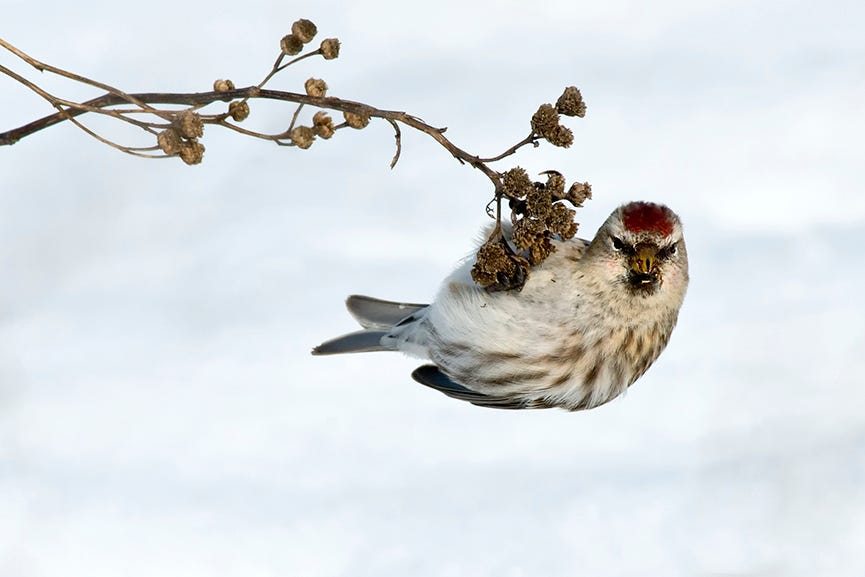
How You Can Help
If you supply birds with food and water from your backyard bird feeders, then you have also accepted another responsibility — you need to make sure you’re doing everything you can to keep them healthy.
By adding bird feeders and waterers to your property, you are creating a sort of transit station for a wide variety of birds. That means you’re also creating the potential for a focal point of disease, food-borne illnesses and predators.
In the case of predators, you should provide adequate shelter and protection from ground-based predators, such as feral cats. The same protection helps feeder birds hide from birds of prey. What’s the best way to protect a feeder bird? Chances are, it’s already in place! A dense bush or heavily leafed tree is often the perfect hiding place. The key then is to place your feeders within 10 to 15 feet of such a hiding place.
Likewise, you need to do everything you can to keep the food and water you’re providing from spoiling and developing bacteria and fungus that can harm birds. The best way to do this is to know how long each type of food should remain in your feeders and what happens to it when it gets wet or overheated. Hummingbird nectar is especially prone to spoilage and bacteria growth and should be changed after a few days.
The final important component to maintaining bird health at feeders is a consistent cleaning schedule of all the feeders on your property. Seed feeders should be washed in warm soapy water every two weeks, and even more during wet weather. During hot weather, nectar is only good for one or two days. Feeders should be scrubbed clean with hot, soapy water every week.
Recommended Feeders
The list of birds above provides plenty of opportunity for backyard bird feeding and you’re sure to be able to help a lot of those birds with feeders available from Perky-Pet®. A few ideas:
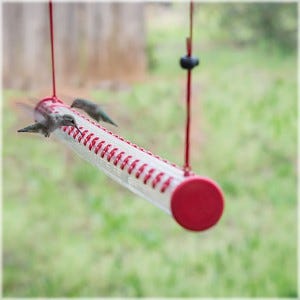 Seed feeding birds: If you’re blessed with a large backyard, then you’ll want a feeder to match it. Try a feeder that holds a large quantity of seed, or one that dispenses multiple different types of seed at once.
Seed feeding birds: If you’re blessed with a large backyard, then you’ll want a feeder to match it. Try a feeder that holds a large quantity of seed, or one that dispenses multiple different types of seed at once.- Hummingbirds: The Pacific Flyway is especially friendly to a wide variety of hummingbirds. To keep up with all those hummers, try the Hummerbar®. Keep your hummingbird feeders clean with the Perky-Pet® Cleaning Mop, a flexible cleaning tool that helps you reach into all the tightest areas of a hummingbird feeder.
- Orioles: With their love for all food orange, orioles of all kinds will be drawn to the Perky-Pet® Oriole Feeder. For style’s sake, you may prefer to invest in this carnival glass oriole feeder, which has a vintage carnival glass bottle with orange luster finish.
- Small birds: The wonderful thing about the smallest birds is that they can get where larger birds can’t. To cater to those birds, you only need to keep the other birds out! Try this enclosed bird feeder. Alternatively, try a small window feeder that’s just not big enough for those large birds.






